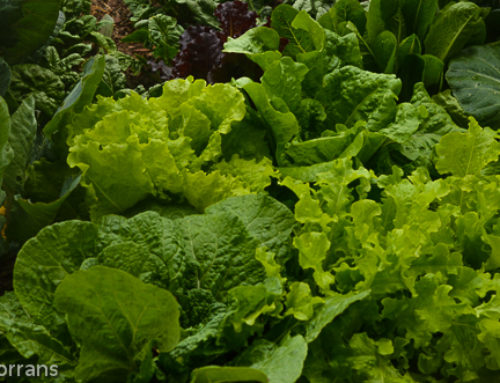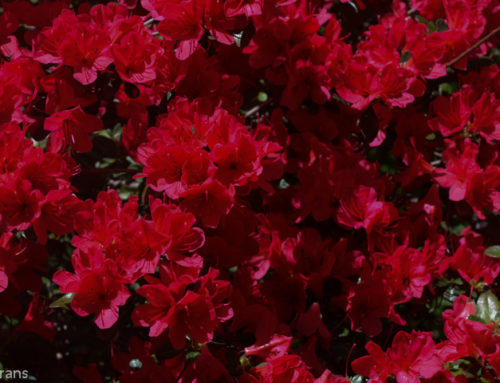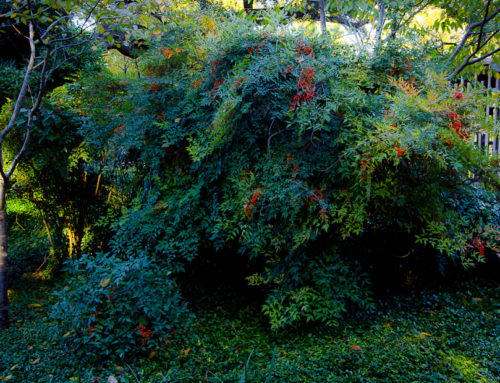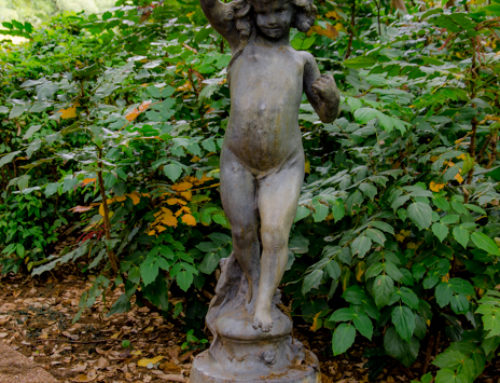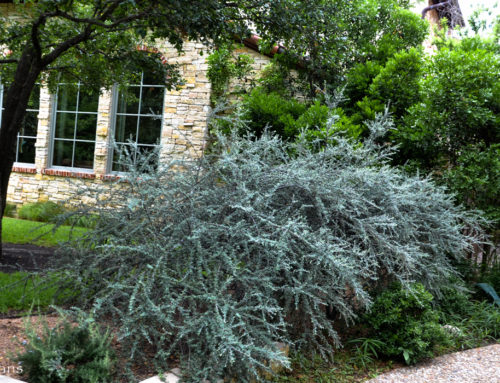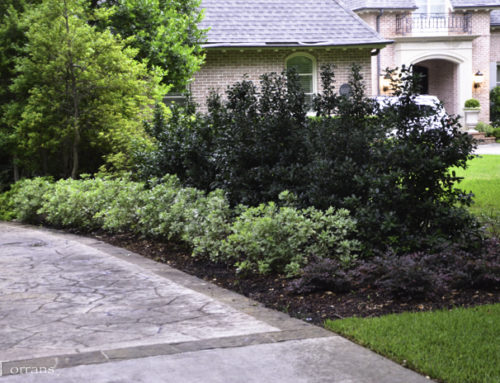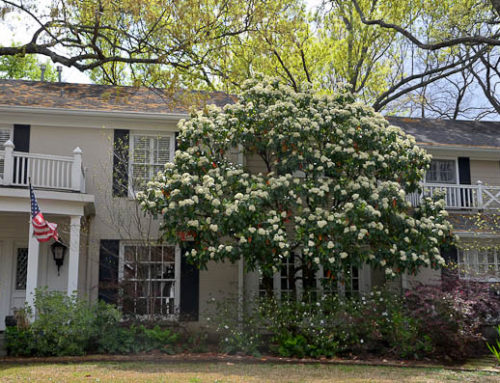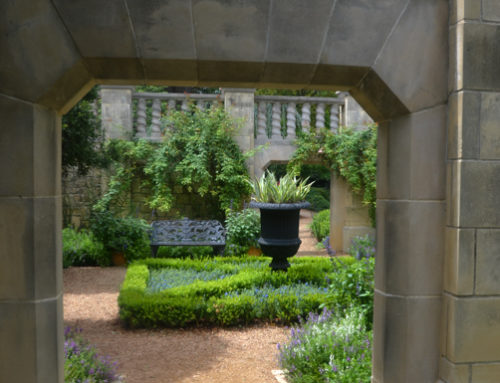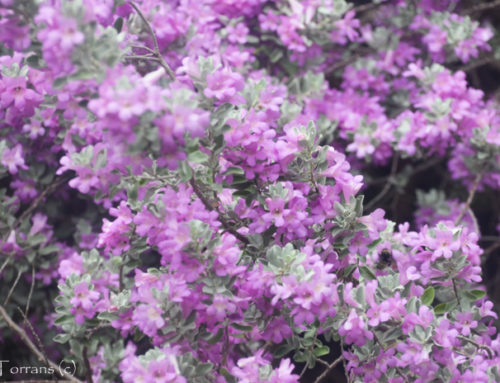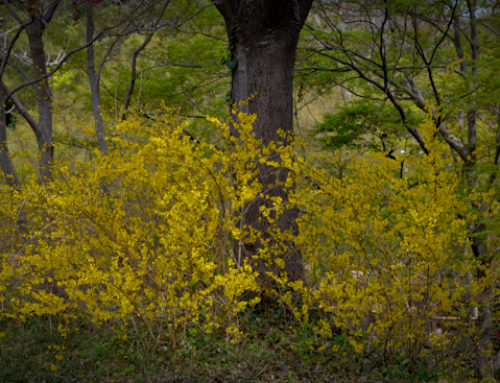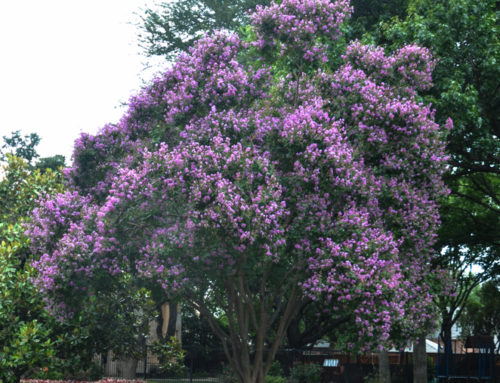Loropetalum and Barberry
| Japanese Maples with Loropetalum and Barberry – Great combination of burgundy colors. This is a classic combination. Add Purple Shamrock as well. See: Japanese Maples for full display of combined Loropetalum, Barberry and Japanese Maples. | |
 |
|
| Read more here on combinations in burgundy. | |
| Loropetalum as Hedge. You can see how it becomes a little ‘leggy.’ | |
 |
|
| Barberry sheared into hedge. | |
 Tonto Crape Myrtle with sheared Barberry in the background. |
|
 |
|
| Barberry as accent plant in perennial border above. | |
| Barberry with Creeping Junipers is very popular. Creeping Junipers that do well in Dallas are:’Emerald Isle’, ‘Prince of Wales’ and ‘Wiltoni,’ also known as Blue Rug. These cultivars grow to a height of 6 to 8 inches. Slightly taller cultivars include ‘Bar Harbor’, ‘Hughes’ and ‘Youngstown,’ which may reach about a foot in height.’Nana’ and ‘Greenmound’ are also six to eight inches tall.Juniperus conferta, has a looser, texture these include include ‘Boulevard’, ‘Emerald Sea’ and ‘Blue Pacific’. | |
 |
|
 Rug juniper among rocks, very popular landscape feature. Colored loropetalum in the back with a burgundy contrast. |
|
| Full size barberry gets very large. Take your time and find the right size for your garden spot. Lovely artemesia and feather grasses in the planting. | |
 Large Barberry |
|
 Barberry that has been hacked and pruned. Why? |
|
| Prune your Barberry into a tree, don’t hack it up. | |
 Prune your barberry into a tree rather than hacking it up. |
|
| This home owner would not have this hacked up Barberry in they had bought Ruby Loropetalum, with a two foot height, initially. | |
 Barberry  Barberry can get leggy.  Barberry can get very large. |
|
 Dogwood Trees in Texas with burgandy Barberry contrast.  Pruned barberry. It is really not necessary to prune a Barberry. Their natural shape is lovely.  Dogwoods in Texas with large contrasting Barberry and beautiful nandina.  Mail-Box-Planting-Barberry-Nandina  Deep purple barberry shrub turned into a tree form.
 Burgundy Barberry with Thrift blooming in the background.  Barberry with Cross Vine. |
















